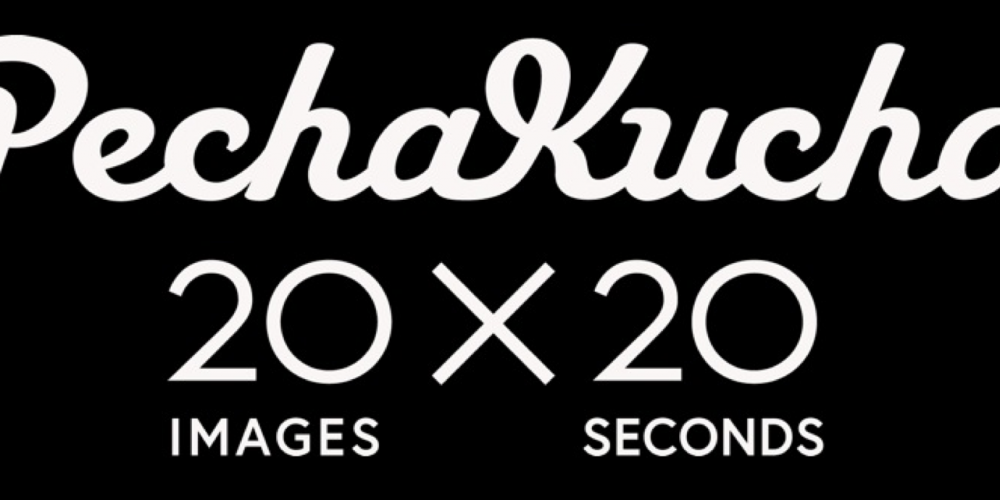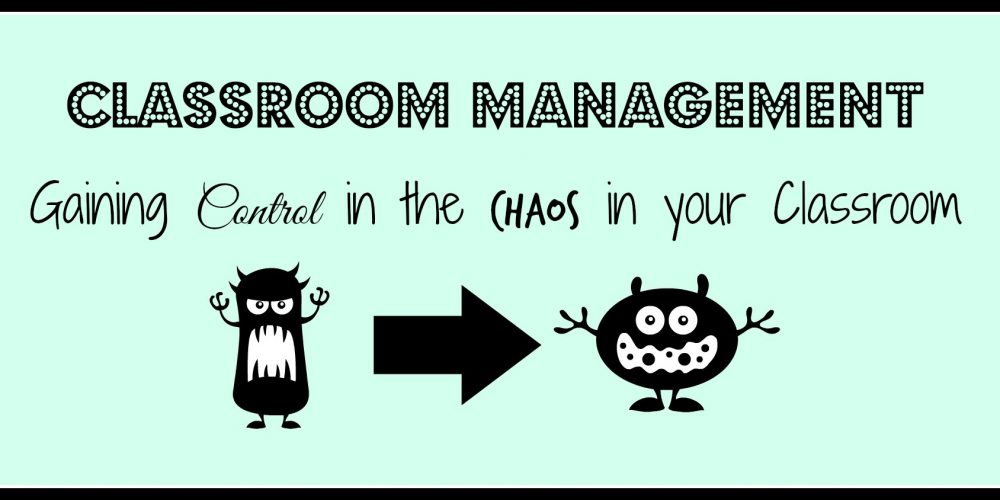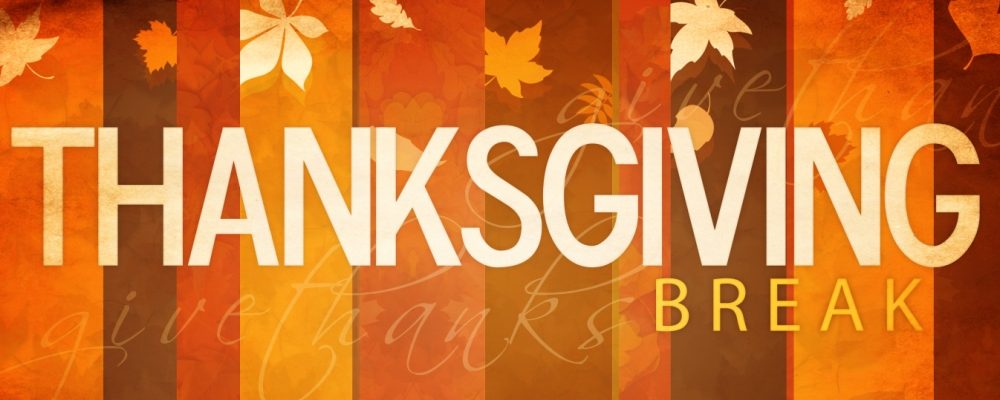Today we had our Pecha Kucha presentations… I thought mine was a disaster. Before I go into the blunders and mess-ups that I made during my presentation, I want to talk to you what a Pecha Kucha actually is. Pecha Kucha is a presentation style where you use 20 slides, and each slide is up for 20 seconds. It’s a way of presentation format which keeps it concise, interesting, and fast-paced and is a great alternative to powerpoint presentations.
However, there are some negatives as well; you are limited to 20 seconds for each slide, so when one slide passes before you speak, you’re kind of done. Also, you need to practice A LOT to be fluent in presentation. The Pecha Kucha site recommends writing a script and sticking to that script instead of making things up on the spot. Because you have a script, you need to be able to pace yourself while having the script memorized for the presentation.
Now this is where I totally messed up. Although my slides were well done and my script was finished, I had practically zero practice to refine it. Because I didn’t have my script memorized, I got lost half-way through my presentation; when I got lost, I tried to refer back to the script, but this method did not work because I got lost on the pages of the actual script. Towards the end of the presentation, even I felt lost on the presentation and felt pretty down on myself. Thankfully, this class was a positive place where my peers gave me awesome feedback, and they were nice in telling me what I did well and what I could work on.
If you ask me today, “Will you use Pecha Kucha in your lessons?” I would actually say no; I feel that there is not enough flexibility with a Pecha Kucha, and there is a lot of time investment issues that I have with using Pecha Kucha for my lesson plans. However, I want to say that I think this is a great way of presenting content that might be boring or bland for the students, as it is very fast-paced. For the students who cannot handle long lectures, this can be an awesome presentation method.




